
How to Choose the Best Menstrual Materials for Your Comfort and Health
Choosing the right menstrual materials is essential for ensuring both comfort and health during your menstrual cycle. With a variety of products available on the market, including pads, tampons, menstrual cups, and period underwear, it's crucial to understand the benefits and drawbacks of each option. This guide aims to simplify the selection process by providing insights into the different types of menstrual materials, helping you make an informed decision based on your personal needs and preferences. Whether you prioritize sustainability, convenience, or absorbency, knowing how to choose the best menstrual materials can significantly enhance your overall experience during your period. By considering factors such as skin sensitivity, lifestyle, and flow intensity, you can find the perfect fit that empowers you to feel both comfortable and confident throughout your cycle.
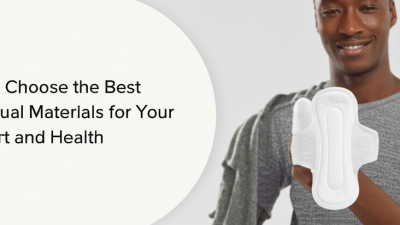
Understanding Different Types of Menstrual Products: An Overview
When it comes to menstrual products, understanding the different types available can greatly influence your comfort and health. Traditional options, like pads and tampons, are widely used due to their convenience. Pads, which come in various sizes and absorbency levels, can be an excellent choice for those who prefer not to insert anything into their body. Tampons, while discreet and popular, require careful attention to usage to avoid risks like Toxic Shock Syndrome.
On the other hand, reusable options such as menstrual cups and period underwear are gaining traction for their eco-friendliness and long-term cost savings. Menstrual cups are inserted internally and can hold more fluid than tampons, making them suitable for heavy flow days. Period underwear, designed to be worn alone or as a backup, offers a comfortable alternative but requires proper sizing and care.
By understanding these various menstrual products, you can make informed choices that align with your lifestyle and health needs.
Evaluating Comfort Levels: Finding the Right Fit for Your Body
Choosing the right menstrual materials involves careful consideration of comfort levels, as each individual's body has unique needs. To start, it’s essential to evaluate the fit and feel of various options, such as pads, tampons, menstrual cups, or period underwear. For instance, menstrual cups can provide a snug fit that many find comfortable, but they may require practice to insert correctly. On the other hand, pads can vary in thickness and absorbency, impacting how comfortable they feel throughout the day.
Another critical aspect is the material used in these products. Organic cotton options tend to be softer against the skin and less irritating, making them a favorable choice for those with sensitive skin. Additionally, consider the absorbency levels and how they match your flow; this can significantly influence your comfort. Taking the time to experiment with different styles and brands will ultimately lead to finding the perfect fit, ensuring that you feel secure and at ease during your menstrual cycle.
Health Considerations: Choosing Safe Materials for Menstruation
When selecting menstrual materials, health considerations should be at the forefront of your decision-making process. Many women are increasingly seeking eco-friendly options, yet recent studies have uncovered safety concerns associated with these products. For example, while some reusable menstrual items are marketed as sustainable, they have been found to contain toxic PFAS—chemicals linked to adverse reproductive health effects. It's crucial to research and choose products from manufacturers that prioritize transparency and rigorous safety testing.
**Tips:** Always check the ingredient list and look for certifications that ensure the absence of harmful substances. Pay attention to the fit of menstrual cups; ill-fitting options can lead to health complications, including rare but serious kidney issues. Don’t hesitate to consult healthcare professionals if you’re unsure about a product's safety.
The growing popularity of period-tracking apps also warrants consideration of data privacy. While these apps can offer valuable insights into menstrual health, it's vital to remain aware of potential privacy risks. Ensure that the applications you use implement strong data protection measures. Remember, your health and comfort during menstruation go hand in hand with the safety of the products you choose.
Environmental Impact: Sustainable Options for Menstrual Hygiene
When considering menstrual materials, the environmental impact is an essential factor to take into account. Traditional disposable menstrual products, such as pads and tampons, contribute significantly to landfill waste, as they are made from plastic and non-biodegradable materials. In contrast, sustainable options like reusable menstrual cups, cloth pads, and period panties offer an eco-friendly alternative that can drastically reduce waste. These products not only minimize environmental damage but can also provide substantial savings over time, making them both economical and sustainable choices.
Additionally, many sustainable menstrual products are made from organic or natural materials, which can be gentler on the skin and reduce the risk of allergic reactions. For instance, organic cotton pads or tampons are free from synthetic chemicals and fragrances, providing a healthier option for individuals with sensitive skin. By selecting menstrual materials that prioritize both comfort and environmental responsibility, individuals can play an essential role in promoting sustainability while attending to their menstrual hygiene needs. Embracing these eco-conscious options contributes to a healthier planet and a more comfortable cycle.
How to Choose the Best Menstrual Materials for Your Comfort and Health - Environmental Impact: Sustainable Options for Menstrual Hygiene
| Type of Material | Comfort Level | Absorbency | Sustainability | Environmental Impact |
|---|---|---|---|---|
| Cotton Pads | High | Medium | Biodegradable | Lower carbon footprint, less pollution |
| Menstrual Cups | Very High | High | Reusable | Minimal waste, lasts several years |
| Cloth Pads | High | Medium to High | Reusable | Less waste, but requires washing |
| Biodegradable Pads | Medium | Medium | Biodegradable | Reduced plastic waste, compostable options |
| Disposable Pads | Low to Medium | Medium | Non-reusable | High waste, contributes to landfill |
Cost-Effectiveness: Budgeting for Your Menstrual Needs
When it comes to managing menstrual health, cost-effectiveness plays a crucial role in the decision-making process. Understanding the various options available can help individuals budget effectively while still prioritizing comfort and health. Traditional disposable products, such as pads and tampons, are widely used due to their convenience. However, their cumulative costs can add up significantly over time, leading many to seek alternatives that may be more economical in the long run.
Reusable menstrual products, like cloth pads and menstrual cups, offer a financially savvy solution for managing menstruation. Although the initial investment may seem higher, these products can last for years with proper care, ultimately reducing the average monthly expenses associated with periods.
Additionally, many find that reusables not only save money but also provide greater comfort and a healthier option free from harmful chemicals often found in conventional products. By evaluating both upfront costs and long-term savings, individuals can make informed choices that align with their budgetary needs while promoting better health and comfort during their menstrual cycles.
Related Posts
-
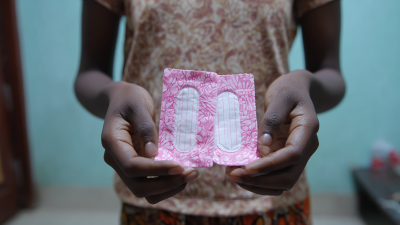
The Future of Eco Friendly Menstrual Health Solutions
-

5 Essential Menstrual Materials You Didn't Know You Needed for Ultimate Comfort
-
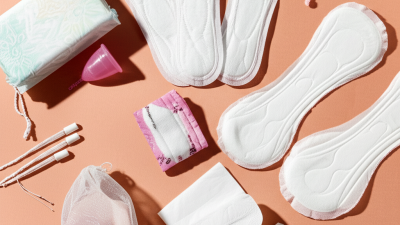
How to Choose the Right Menstrual Materials for a Comfortable Experience
-
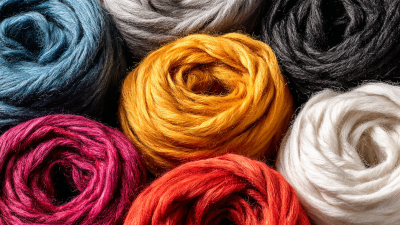
5 Essential Tips for Maximizing the Benefits of Hydrophilic Fiber in Your Textile Products
-

5 Smart Tips to Choose the Right Fiber Polypropylene for Your Needs
-
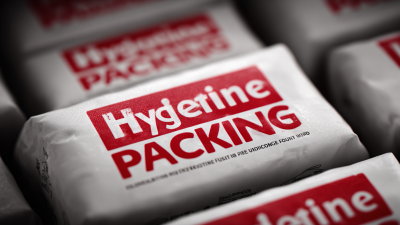
Exploring Best Hygienic Food Packaging Solutions in the Meat Processing Industry



